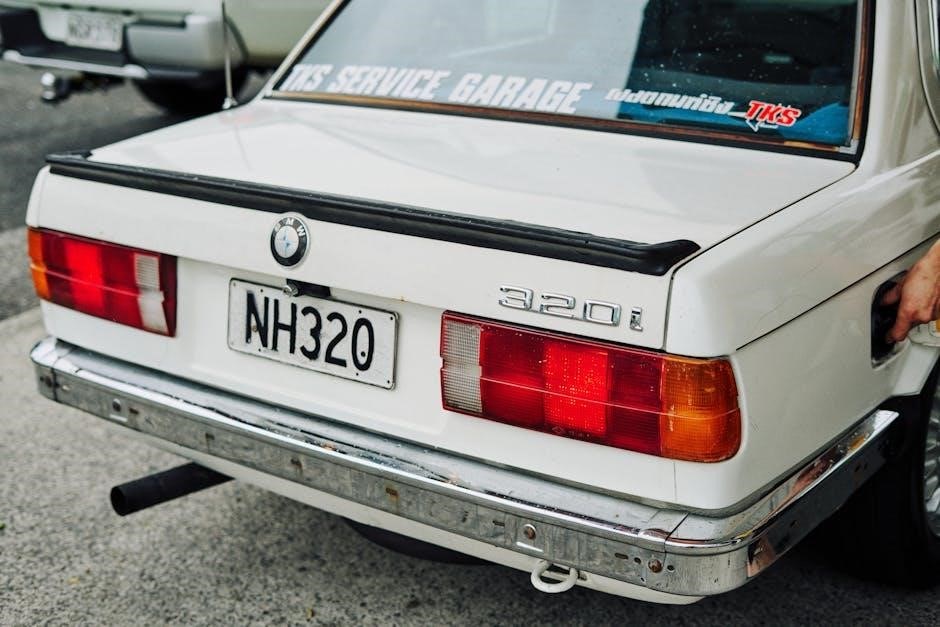
DC Motor Drivers: A Comprehensive Guide
Welcome to a comprehensive guide on DC motor drivers! This resource will explore the essential aspects of DC motor drivers, their functionality, and their usage in various applications.
DC motor drivers serve as vital interfaces between microcontrollers and DC motors. These drivers are essential because microcontrollers typically cannot supply the current needed to directly power motors. A DC motor driver acts as an intermediary, amplifying the control signal from the microcontroller and providing the necessary voltage and current to operate the DC motor effectively. They facilitate precise control over the motor’s speed and direction, making them indispensable in various applications such as robotics, automation, and consumer electronics. Choosing the right motor driver is crucial for optimal performance and system reliability.
Why Use a DC Motor Driver?
DC motor drivers are indispensable for several key reasons. Firstly, microcontrollers generally cannot provide the high current required by DC motors to operate effectively; drivers act as current amplifiers. Secondly, drivers offer essential protection to microcontrollers from voltage spikes and reverse currents generated by motors. Furthermore, they enable precise control over motor direction and speed through techniques like PWM (Pulse Width Modulation). Without a driver, directly connecting a motor to a microcontroller risks damaging the microcontroller, limits motor performance, and complicates control. Thus, drivers are crucial for safe, efficient, and effective DC motor operation.
Types of DC Motor Drivers
DC motor drivers come in various types, each suited for specific applications. H-bridge drivers, like the L298N and L293D, are commonly used for controlling direction and speed. Single-channel drivers are simple and cost-effective for basic on/off control. Dual-channel drivers allow independent control of two motors, ideal for robotics. Stepper motor drivers, such as the A4988, can also drive DC motors with some modifications. Furthermore, Brushless DC (BLDC) motor drivers are specialized for BLDC motors, offering advanced control and efficiency. The choice depends on factors like voltage, current, control requirements, and motor type.

Common DC Motor Driver ICs
Several integrated circuits (ICs) are commonly used as DC motor drivers. These include the L298N, L293D, and A4988. Each offers unique features for controlling DC motors in various applications, providing essential functions.
L298N Motor Driver
The L298N motor driver is a popular choice for controlling DC motors. It utilizes an H-Bridge configuration to manage the direction and speed of two motors independently. With a maximum current of up to 2A per motor, the L298N is suitable for various applications. It’s commonly used with microcontrollers like Arduino due to its ease of interfacing. The L298N allows for PWM control, enabling precise speed adjustments. It’s important to note that a separate power supply may be needed for the motor, as the Arduino’s power output may not be sufficient for larger motors.
L293D H-Bridge DC Motor Controller
The L293D is another widely used H-bridge DC motor controller. Unlike the L298N, it typically handles lower current, making it suitable for smaller motors. It’s capable of controlling two DC motors bidirectionally; The L293D is popular in robotics projects and applications where precise motor control is needed. This controller also allows for PWM speed control, providing flexibility in adjusting motor speed. Its compact size and ease of integration make it a favorite among hobbyists. However, it’s essential to consider the voltage and current requirements of your motor to ensure compatibility with the L293D.
A4988 Stepper Motor Driver (Applicable for DC Motors with Modification)
While primarily designed for stepper motors, the A4988 driver can be adapted for DC motor control with some modifications. This involves using only one H-bridge within the A4988 and providing appropriate control signals. Although not its primary function, the A4988 offers precise current limiting and micro-stepping capabilities, which can be beneficial in specific DC motor applications. However, implementing this requires careful consideration of the wiring and control logic. It’s crucial to ensure that the motor’s voltage and current requirements align with the A4988’s specifications to avoid damage or malfunction. This approach is less common but can be useful for advanced control scenarios.

Key Considerations When Choosing a DC Motor Driver
Selecting the right DC motor driver involves several factors. Voltage and current requirements of the motor, control methods (PWM), and the need of H-Bridge configuration are very important in choosing a driver for DC motors.
Voltage and Current Requirements
When selecting a DC motor driver, understanding the voltage and current demands of your motor is crucial. The driver must supply the necessary voltage to operate the motor effectively. Also, the driver must handle the motor’s peak current draw during startup or heavy load. Choosing a driver with insufficient voltage or current capacity can lead to performance issues, overheating, or even permanent damage to the driver or motor. Always check the motor’s specifications and ensure the driver’s ratings meet or exceed those requirements for reliable operation. Over current analysis of DC motors provide health assessment.
Control Methods (PWM, Direction)
DC motor drivers facilitate motor control primarily through two methods: Pulse Width Modulation (PWM) for speed regulation and direction control. PWM varies the average voltage applied to the motor by adjusting the duty cycle of a square wave signal, effectively controlling the motor’s speed. Direction control is achieved by altering the polarity of the voltage applied to the motor terminals. Many drivers use an H-bridge configuration to easily switch polarity. Proper implementation of these control methods enables precise manipulation of motor speed and direction, crucial in various applications like robotics and automation. This tutorial can be applied to all DC motors.
H-Bridge Configuration
The H-bridge configuration is a fundamental circuit topology employed in most DC motor drivers. It utilizes four switches (typically transistors) arranged in an “H” shape to control the direction of current flow through the DC motor. By selectively activating pairs of switches, the polarity of the voltage applied to the motor can be reversed, enabling bidirectional motor operation. This arrangement allows for efficient and precise control over the motor’s direction. L298N Motor Driver is a controller that uses an H-Bridge to easily control motors direction and PWM to control the speed.H-bridge modules to drive DC motors with an Arduino.
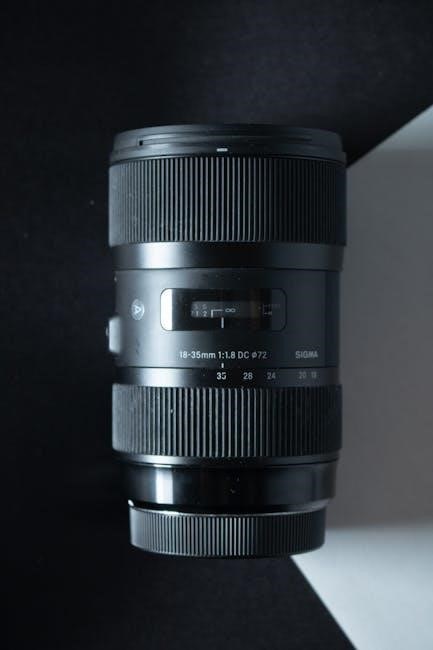
Interfacing DC Motors with Microcontrollers
Explore the methods of interfacing DC motors with microcontrollers, such as Arduino. We can examine the wiring, connections, and example codes for controlling DC motor speed and direction, and other aspects of motor control.
Arduino and DC Motor Drivers
Using Arduino to control DC motors requires understanding the necessary hardware and software components. Because the motor consumes high current, MCU cannot control the motor directly so we need to use a driver IC like L293 to control the motor. The motor driver acts as an intermediary between the Arduino and the motor, providing the required current and voltage.
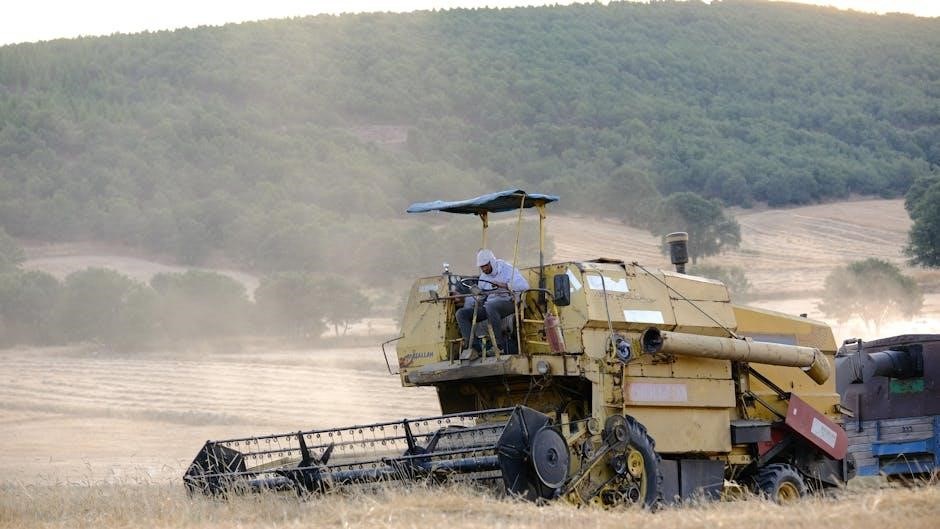
Common motor drivers used with Arduino include the L298N and L293D. This setup allows for precise control over the motor’s speed and direction, enabling various robotic and automation projects. Unlock the secrets of motor drivers!
Wiring and Connections
Proper wiring is crucial for successful DC motor control with motor drivers. Begin by connecting the motor driver’s power supply, ensuring it meets the motor’s voltage requirements. Next, connect the Arduino’s digital output pins to the driver’s control inputs, which dictate the motor’s direction and speed (PWM).
Connect the motor to the driver’s output terminals. Double-check all connections to prevent short circuits and ensure smooth motor operation. Grounding is essential for stable performance. Improper wiring can lead to overheating and malfunction, so proceed with caution and refer to the driver’s datasheet.
Example Code for DC Motor Control (Speed and Direction)
Here’s an example of controlling a DC motor’s speed and direction using Arduino and a motor driver. First, define the pins connected to the driver’s input. Then, set the pin modes as output in the setup function. In the loop function, use digitalWrite to control direction and analogWrite for speed via PWM.
For example, digitalWrite(directionPin, HIGH) sets one direction, and analogWrite(speedPin, value) controls speed, where value ranges from 0 to 255. Incorporate delays for controlled movement and adjust values to fine-tune the motor’s performance, ensuring safe and reliable operation.
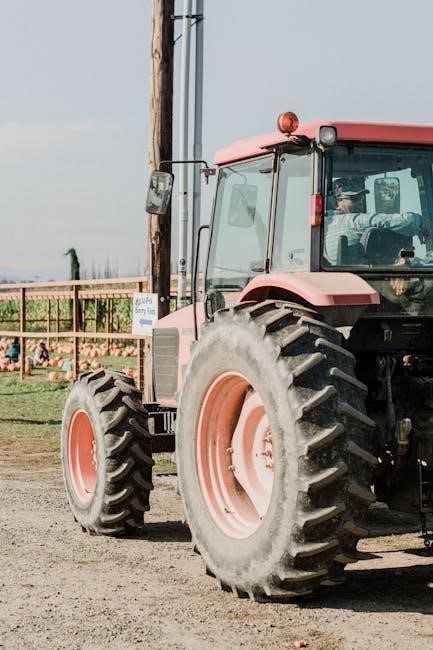
Brushless DC (BLDC) Motor Drivers
Brushless DC (BLDC) motor drivers are essential for controlling BLDC motors efficiently. These drivers manage the electronic commutation required by BLDC motors, offering precise speed and torque control in various applications.
Sensorless BLDC Motor Driver Design
Sensorless BLDC motor driver design eliminates the need for Hall-effect sensors, reducing cost and complexity. This design relies on back EMF (electromotive force) to determine the rotor’s position. The driver detects zero-crossing points in the back EMF waveforms to time the commutation of the motor phases.
Implementing a sensorless design requires sophisticated algorithms and precise electronic components to accurately interpret the back EMF signals, ensuring efficient motor operation. This approach is particularly advantageous in applications where sensor placement is difficult or undesirable.
Hall-Effect Sensors in BLDC Motor Control
Hall-effect sensors play a crucial role in Brushless DC (BLDC) motor control by providing precise rotor position feedback. These sensors detect the magnetic field produced by the rotor magnets and generate a corresponding electrical signal. This signal is used by the motor controller to accurately time the commutation of the stator windings, ensuring optimal motor performance.
Typically, three Hall-effect sensors are strategically placed around the motor to provide the necessary positional information; Integrating Hall-effect sensors enhances motor efficiency and responsiveness in various applications.
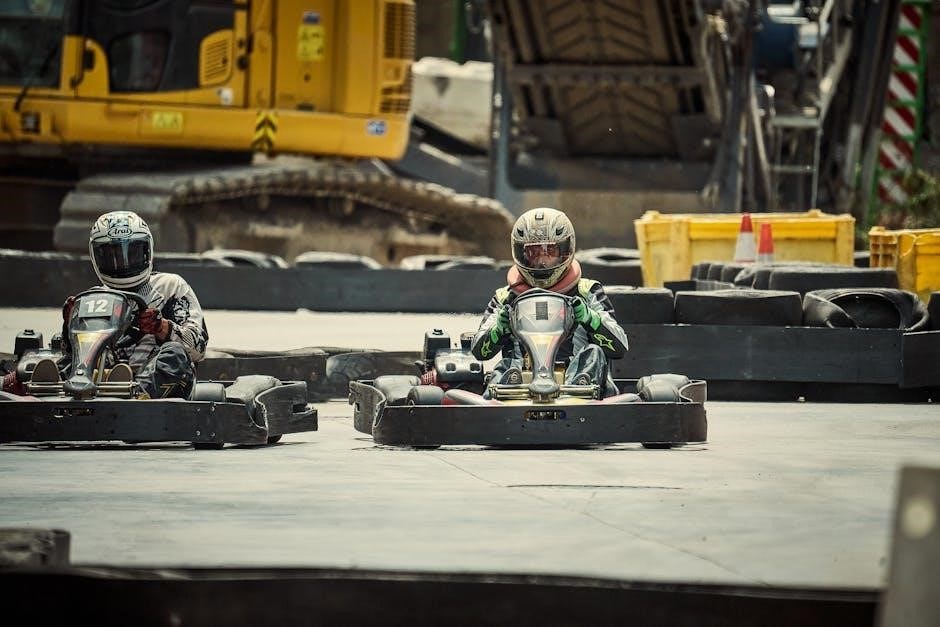
Applications of DC Motor Drivers
DC motor drivers are integral components in numerous applications. These include robotics, automation systems, automotive electronics, and various consumer electronics. They enable precise control and efficient operation of DC motors in these diverse fields.
Robotics and Automation
In robotics and automation, DC motor drivers are crucial for precise movement control. They enable robots to perform tasks requiring accuracy and repeatability. From controlling robotic arms in manufacturing to driving automated guided vehicles (AGVs) in warehouses, DC motor drivers ensure smooth and reliable operation. The ability to control speed and direction with precision is vital for tasks such as assembly, material handling, and inspection. Furthermore, these drivers can be integrated with microcontrollers for more advanced control algorithms, making them indispensable in modern automated systems and robots. Precise control is very important in robotic applications.
Automotive Applications
DC motor drivers play a significant role in modern automotive systems. They are essential for controlling various functions, enhancing both performance and convenience. Applications range from adjusting seats and mirrors to operating power windows and controlling the cooling fans. Electric vehicles (EVs) utilize DC motor drivers for critical systems like traction control and power steering. They ensure smooth and efficient operation of these systems, contributing to the overall safety and driving experience. The reliability and efficiency of DC motor drivers are particularly important in automotive environments, where consistent performance is paramount for safety and passenger comfort.
Consumer Electronics
DC motor drivers are integral to numerous consumer electronic devices. They power a wide array of functionalities in appliances like electric toothbrushes, robotic vacuum cleaners, and printers. In toys and hobby electronics, DC motor drivers enable precise control over movement and speed. These drivers ensure smooth and efficient operation, contributing to the overall performance and user experience of the devices. The compact size and energy efficiency of modern DC motor drivers make them ideal for integration into portable and handheld consumer electronics. Their reliability is also crucial for ensuring the longevity and customer satisfaction with these products.
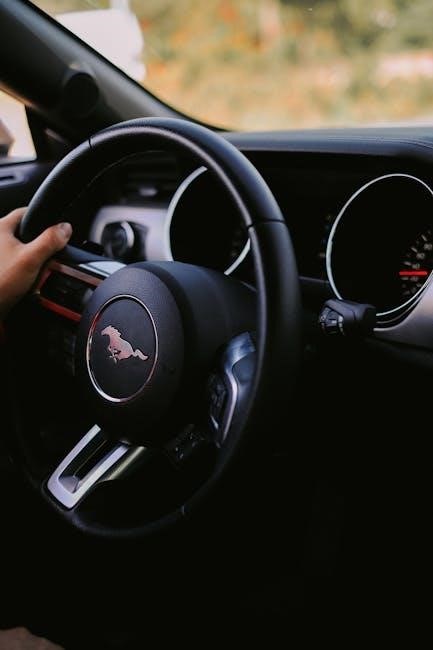
Troubleshooting Common Issues
Addressing problems with DC motor drivers is crucial for reliable operation. Common issues include motors not spinning, overheating drivers, and incorrect motor direction. Effective troubleshooting ensures optimal performance and prevents potential damage to components.
Motor Not Spinning
When a DC motor fails to spin, several potential causes must be investigated. First, check the power supply to ensure it’s providing the correct voltage and current. Verify all wiring connections are secure and properly connected to both the motor driver and the motor itself. A loose connection can easily interrupt the power flow.
Examine the motor driver for any visible signs of damage, such as burnt components. Use a multimeter to test the motor driver’s output pins and confirm the signal is being delivered. If the driver is functional, the motor itself might be defective.
Overheating
Overheating is a common issue that can occur with DC motor drivers, often signaling an underlying problem that needs immediate attention; The most frequent cause is excessive current draw, exceeding the driver’s rated capacity. Ensure that the motor’s current requirements are well within the driver’s specifications to prevent overload.
Inadequate heat dissipation can also lead to overheating. Verify the presence and proper functioning of heat sinks or cooling fans, especially when operating at higher voltages or currents. High ambient temperatures can exacerbate the problem. Consider improving ventilation or using a more robust cooling system to maintain optimal operating temperatures and prevent damage.
Incorrect Direction

One common troubleshooting issue is the motor spinning in the wrong direction. This often stems from wiring errors between the motor driver and the DC motor itself. Double-check the polarity of the motor connections to the driver output terminals, as reversing these connections will cause the motor to rotate in the opposite direction.
Software misconfiguration can also lead to incorrect direction. Review your control code to ensure that the direction control signals are correctly configured. H-bridge drivers control direction using digital signals, so verify that these signals are being sent correctly from the microcontroller to the driver.
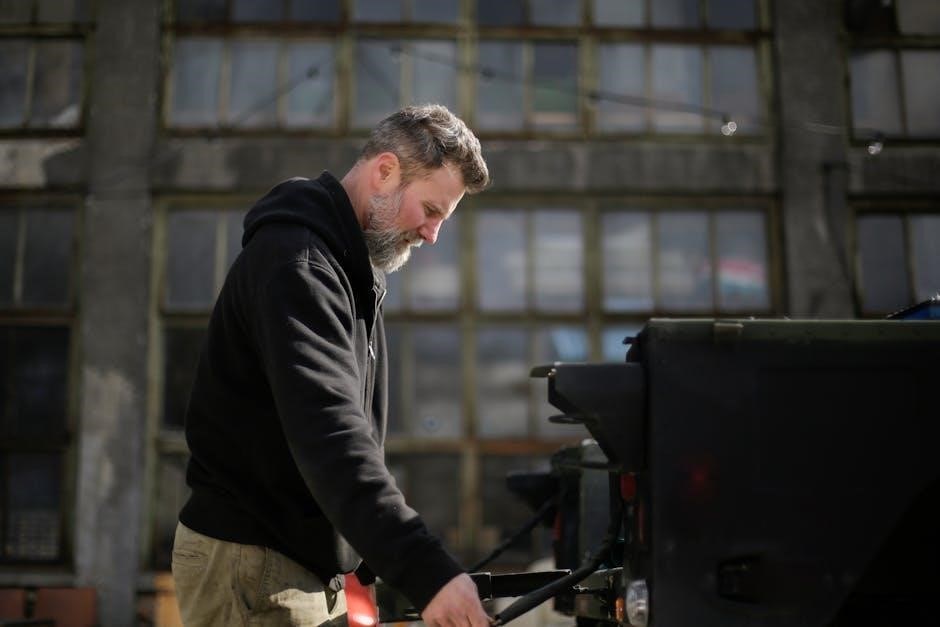
Advanced Control Techniques
Explore advanced methods for DC motor control, enhancing precision and performance. Techniques like PWM speed control and closed-loop systems with encoders are discussed. These methods optimize motor behavior in demanding applications.
Speed Control with PWM
Pulse Width Modulation (PWM) is a vital technique for precisely controlling the speed of DC motors. By varying the duty cycle of a PWM signal applied to the motor driver, the average voltage supplied to the motor can be adjusted. A higher duty cycle results in a higher average voltage and consequently, a faster motor speed. Conversely, a lower duty cycle reduces the average voltage, slowing the motor down.
PWM offers a simple and effective way to achieve variable speed control, making it suitable for applications requiring dynamic adjustments to motor speed; PWM signals allow the efficient controlling speed.
Closed-Loop Control with Encoders
Closed-loop control with encoders offers a sophisticated method for precise DC motor control. Encoders provide feedback on the motor’s position and speed, enabling the system to adjust the motor’s input in real-time. This feedback loop compares the desired speed or position with the actual values, correcting any discrepancies.
By using encoders, the system can compensate for load variations, ensuring consistent performance. Closed-loop control improves accuracy and stability, making it ideal for applications requiring high precision, such as robotics and automation. Encoders give feedback on the motor’s position and speed .